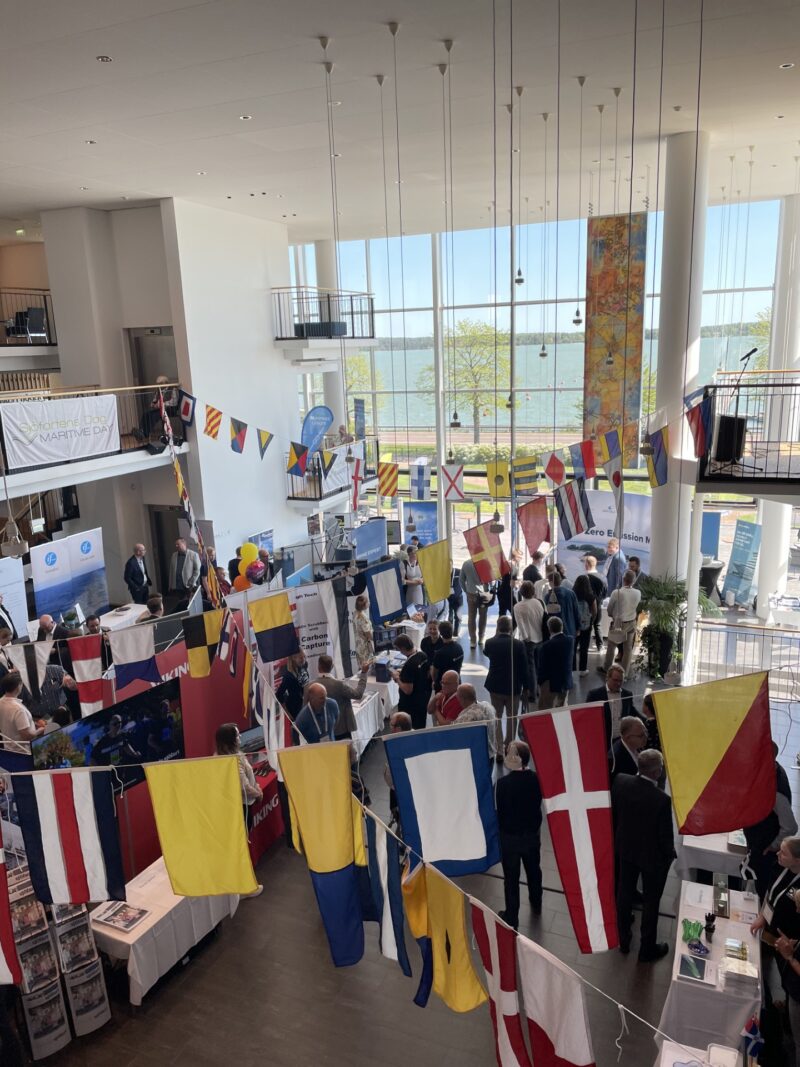- Finnlines News 2/2024
Celebrating the four months of success:
Sweden-Poland connection opens with promising prospects
Finnlines is constantly striving to expand its reliable sea connections, and the latest addition strengthens Finnlines’ position, especially in the Southern Baltic Sea.
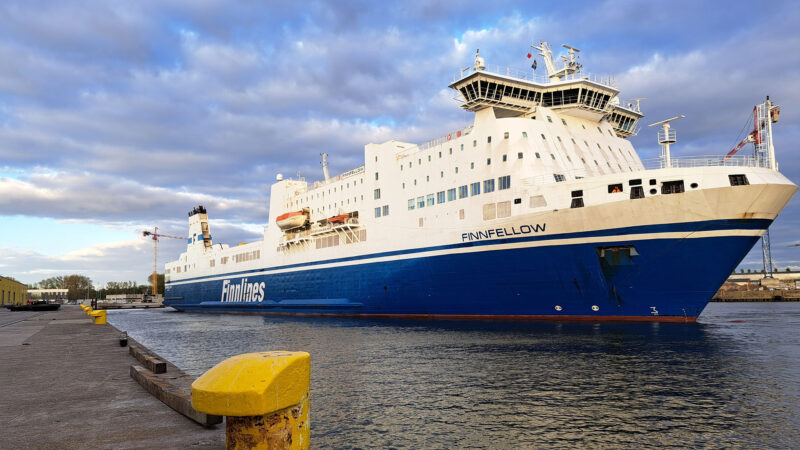
A new connection was opened in April of 2024, when Finnlines’ Finnfellow entered service between Malmö, Sweden and Świnoujście, Poland.
The freight-passenger ship and its operations were introduced in the previous issue of the Finnlines News Magazine and now, that the vessel has been operating for four months, it is time to take a look at how the new connections’ journey has begun.
Celebrating the launch
The vessel was officially inaugurated on 28 May in Malmö, where the new line was welcomed with a traditional celebration on board the ship. The inauguration ribbon, detailed with Swedish and Polish colours, was cut by Finnlines’ Jesper Axelsson, Captain of of M/S Finnfellow, Katrin Stjernfeldt Jammeh, Mayor of Malmö Municipality, and Finnlines’ President and CEO Tom Pippingsköld. Managing Director of Rederi AB Nordö-Link and Finnlines’ Line Manager Antonio Raimo and Head of Passenger Services Marco Palmu were also present. The celebration for the new connection for Finnlines and Malmö was attended by around 50 guests, and the atmosphere was filled with excitement and great expectations for the future.
The new route was described, among other things, as a response to a market demand and an important factor in transport optimisation. Furthermore, each new route enhances the security of supply for countries and connects them with other vibrant regions of Europe, both economically and in terms of supply security.
“Our new connection is the third major sea bridge that Finnlines maintains for Swedish trade, further bolstering Sweden’s security of supply. Similar to Finland, over 90 per cent of Sweden’s exports and imports area carried by sea transportation,” says Finnlines’ President and CEO Tom Pippingsköld.
Both Katarzyna Bulawa, CEO of Euro Terminal in Świnoujście, and Barbara Scheel Agersnap, CEO of Copenhagen Malmö Port, noted that the growing cooperation provides added benefits for the business and visitors of both ports. Świnoujście’s position as a main gateway connecting Poland and Sweden is strengthened and the cooperation creates opportunities for other operations in the Malmö port area and for the development of intermodal transport in the port.
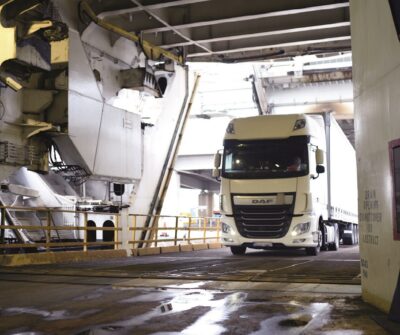
Joint growth through competition
The traffic between Sweden and Poland has been growing throughout the recent years both in terms of routes and transport volumes. This progress has been in line with Poland’s economic growth, which is one of the strongest in Europe. Swedish companies also have a strong position in Poland, which is visible also in the heavily trafficked sea route between Sweden and Poland. Instead of the challenges posed by competition, Finnlines sees a lot of potential on the busy route.
Finnlines’ main advantage is the location of the ports along good road connections. Heavy vehicles don’t need to unnecessarily drive through congested city centres.
“The Southern Baltic is a highly competitive environment and Finnlines
is becoming a forerunner for the tonnage deployed and services offered. The market has suffered from the geopolitical situation and the related complete stoppage of trading to Russia, as well as the transitional era in the automotive industry, but there are clear signs of recovery,” Finnlines’ Line Manager Antonio Raimo says.
Intra-European trade is forecasted to be growing over next years but the “Fit for 55” and “FuelEU Maritime” regulation might withhold that potential off the shipping industry as it is over-taxing a very environmental mode of transport compared to road transport, for example. Nevertheless the huge investments made by Finnlines in the fleet deployed in the southern Baltic will help overcome such challenge and retain a leading position on the market.
After the first few months, the volumes on Finnfellow have been satisfying and growth is expected for the future. Antonio Raimo believes, that the demand will continue to grow and the operations continue to develop positively.
“Our new route between Sweden and Poland has been warmly welcomed
by customers. Freight customers have discovered our new route, and the
prospects for passenger growth are bright. If the market develops as we hope, we will certainly deploy additional tonnage when the time is right,” Raimo says.
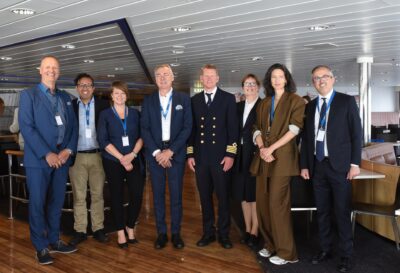
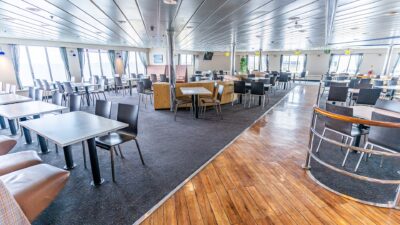
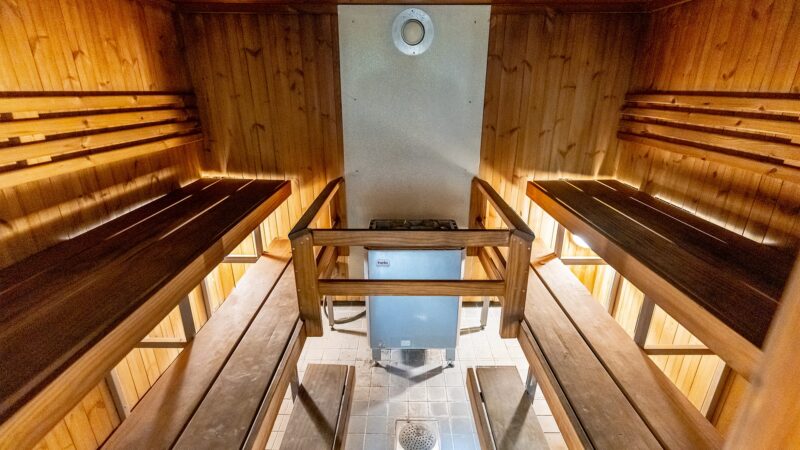
Ports make development possible
The port in Malmö, the third largest city in Sweden, is a hub for import and handling of new cars in the Baltic Sea region, with its central location in the Oresund region. The Copenhagen Malmö Port, CMP, handles everything from consumer goods, oil products, chemicals and cereals to scrap metal, building materials, wood pellets, salt, sugar and industrial inputs at their dry and liquid bulk terminals. The port offers ro-ro traffic from Malmö with ferries that connect CMP’s logistics flows to the European continent via Travemünde and Świnoujście.
The ro-ro services in Norra Hamnen in Malmö comprise import and export of freight between Sweden and the continent along with an expanding passenger traffic. The Port has three ro-ro berths with both fixed and automatic ramps and a linkspan to upper deck.
The Euro Terminal Świnoujście is located near the mouth of the River Odra, which is a main artery for inland waterway traffic in Poland. The terminal is located also near the industrial heartland of Poland and eastern Germany. Quick access to national and transit roads is provided from the terminal and an access to railway lines provides the use of rail transport as well. Euro Terminal is situated away from the city centers, which makes cargo operations with no hold-ups or congestion possible 24 hours a day.
The Euro Terminal provides handling and storage facilities for a wide range of cargo, such as frozen products, woodpulp and forest products, breakbulk and steel cargo, containers, oversized and project cargo for example. Additionally the terminal offers lay-up of vessels at the piers and lease or rent of land, workshop, production, warehouse and office space. The Free Trade Zone of the port covers 46 ha of land and entirely is located within borders of port in Świnoujście.
Source: www.cmport.com & www.euro-terminal.com
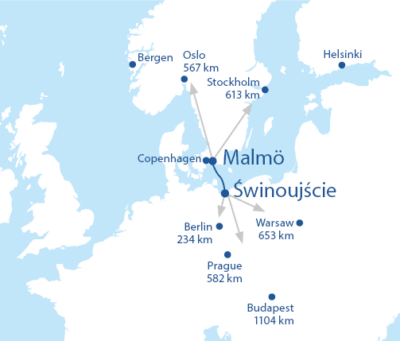
Finnlines’ ports on the Sweden–Poland route
Copenhagen Malmö Port
Copenhagen Malmö Port is the doorway to Denmark and Sweden and the gateway to the Baltic Sea. In 2023, car imports and ro-ro operations contributed to the positive development. The number of calls to the port was around 4,600.
The Polish Świnoujście Port is located in the Baltic Sea, close to the mouth of the River Odra. The location of the Świnoujście Port enables multimodal operations to and from Central and Eastern Europe by road, rail, sea and inland waterway transport. In 2023, there were approximately 3,600 ferry calls.
More on the topic
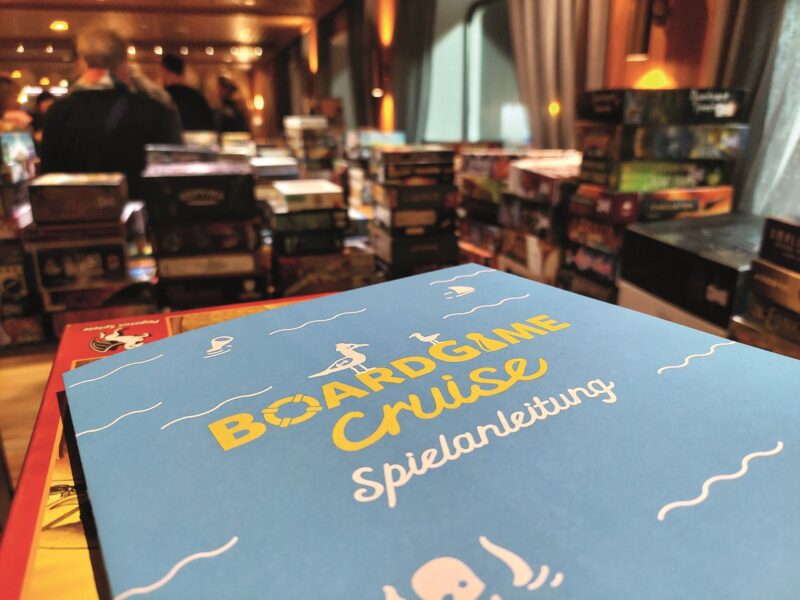
A new travel concept introduced to boost off-season sales
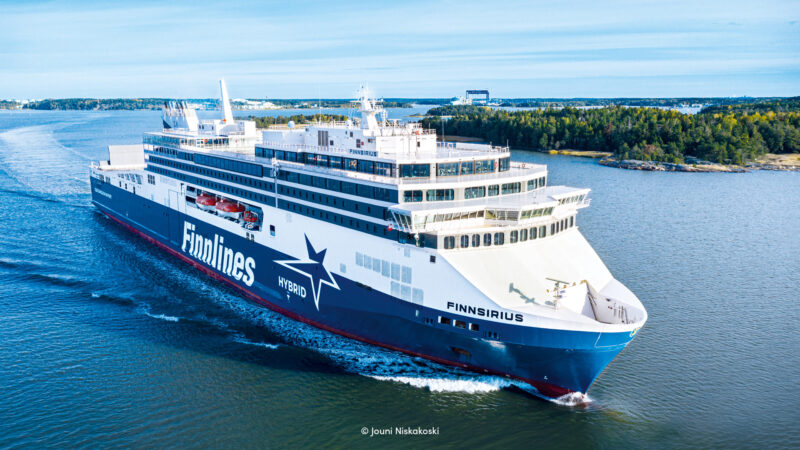
Finnsirius receives prestigious award from Shippax
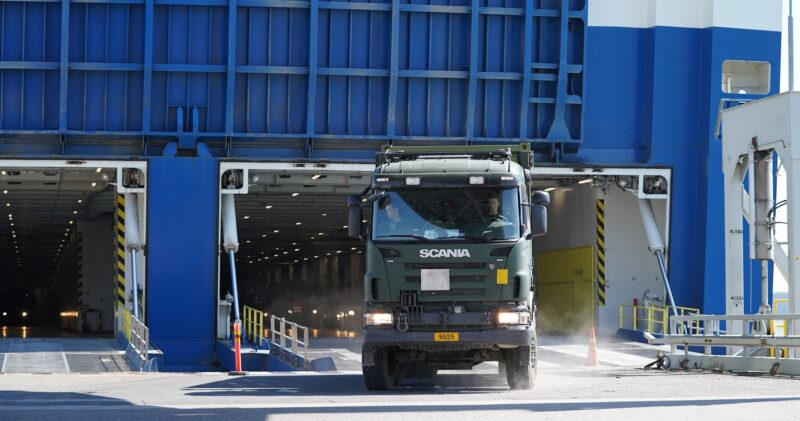
Training with the Navy
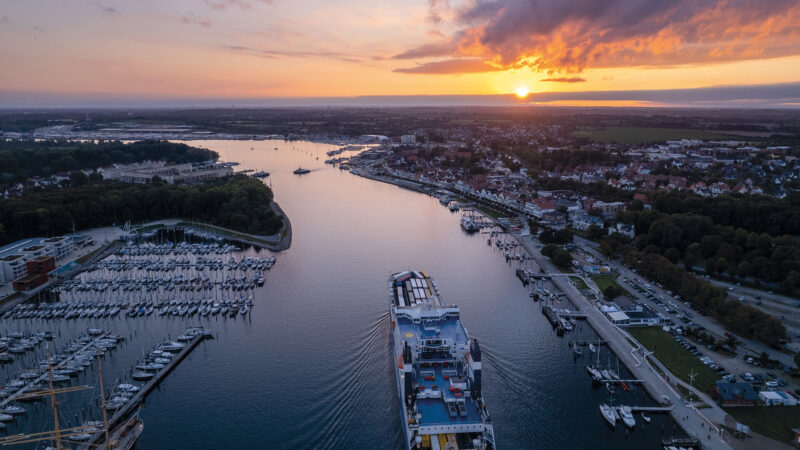
Editorial 2/2024
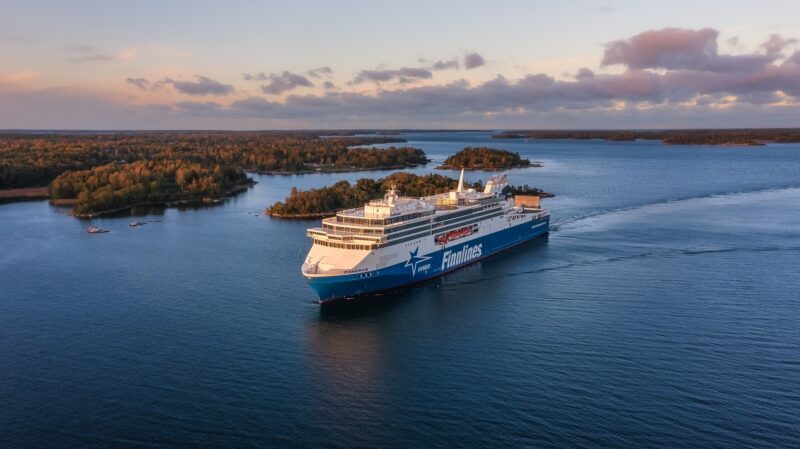
Green News: Reducing hull friction – boosting fuel savings
